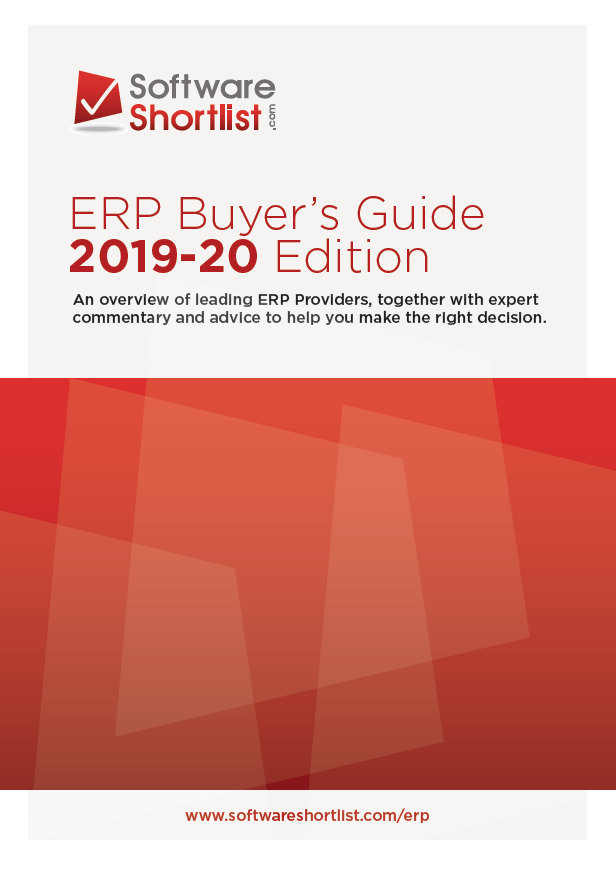 A cloud for every sector…
A cloud for every sector…
Microsoft has launched industry clouds for the financial services, manufacturing and nonprofit markets, as demand for industry specific cloud heats up – and vendors go vertical in a new sales battle.
The three new offerings, which bring together existing products and services with some features tailored to the needs of each sector, supplement Microsoft’s existing healthcare cloud, and the previously announced retail offering, currently in public preview.
While industry specific offerings have been around for several years, IDC senior market analyst for cloud services, Prabhitha Sheethal Dcruz, and Chris Morris, IDC vice president Asia Pacific, cloud services, say they have seen accelerated adoption in the last two years as businesses step up their digital transformation efforts, with fast access to new capabilities, access to external data sources and use of new software technologies underpinning the move.
“Why bother with a DIY approach?”
Here in New Zealand and Australia, there are many industry cloud solutions already in use, ranging from Datacom’s broad local government solution, to narrower offerings such as Accenture’s procurement cloud for Australian tertiary education institutes. There are also government clouds in Australia and New Zealand, HRM clouds for multiple industries and a range of other offerings.
And of course, there are the global big name tech players: AWS, Google, IBM, SAP and Oracle all have clouds in specific verticals.
Cloud is a hot battleground, with analysts forecasting big growth over the coming years. Gartner has forecast end-user spending on public cloud services to jump 18 percent this year, and 18.2 percent in Australia. (Cloud will however, only make up 14.1 percent of global enterprise IT spend come 2024, up 9.1 percent from last year).
But Cruz and Morris say it’s businesses driving demand for industry clouds, rather than another slick marketing push from vendors.
“Industry clouds address business requirements, and the hyperscaler clouds on which they are based address the technology requirements,” they told iStart.
A key factor is compliance.
“The cost of compliance can be a significant part of an IT budget for any organisation,” Cruz says.
“Vendors – which are often ISVs that specialise in an industry vertical – offer industry specific solutions that can help customers mitigate compliance risks while lowering their compliance costs.
“In many cases, these ISV solutions provide capability to track compliance with government or industry requirements, as well as maintain applications to keep them current with legislative requirements.
“Often these solutions are sourced from cloud marketplaces and are likely to be hosted on hyperscalers’ platforms to gain access to advanced infrastructure.”
Also playing into the industry-specific cloud growth is a lack of the skills needed to build and manage new digital business focused solutions addressing industry specific processes within businesses.
“These solutions need deep understanding of the industry and also of the technology to support it,” says Morris.
“Nowadays, this means that the infrastructure will be multi-cloud. Multi-cloud solutions may come from multiple software providers and will add the need for integration and API management, exacerbating the skills gap.
“If an external solution provider can deliver and help manage a workload, the competitive benefit of having a solution designed only for a single enterprise can be eroded. Why bother with a DIY approach?”
Cloud vendors, of course, are always looking to differentiate their services, and the move into industry-specific cloud plays into that strategy.
Microsoft’s new offerings come as it continues to close the gap on AWS’ cloud share. Data from Synergy Research Group has Amazon’s cloud infrastructure services market share holding steady at around 32-34 percent, while Microsoft has continued growing its share, hitting 20 percent.
Gartner, meanwhile, puts AWS’ share of the worldwide public cloud IaaS market at 45 percent, with Microsoft trailing at just 17.9 percent. Both analyst firms agree on one thing however: There’s a big gap between AWS and Microsoft and the chasing pack, including Google and IBM (both of which come in at less than 10 percent share, and in Gartner’s IaaS case, at 5.3 percent for Google and just 1.7 percent for IBM.
In a video announcement of the Microsoft’s new cloud offerings, CEO Satya Nadella, says each industry cloud offering is designed to enable cross industry workflows.
“For example, retailers and manufacturers can work across clouds to manage inventory and production in real time from shelf to warehouse to factory.”
The Microsoft industry clouds bring together common data models, cross-cloud connectors, workflows, APIs and industry specific components and standards, with cloud services, including Microsoft 365 and Teams, Power Platform, Dynamics 365 and security offerings.
“Designed with industry challenges in mind, these clouds can enable organisations to jump ahead and deliver value at record pace,” Alysa Taylor, Microsoft corporate vice president, business applications and global industry, says. “This is because they provide an on-ramp to the broader portfolio of Microsoft cloud services, enabling customers to begin with the areas where the need for technology transformation is most urgent.”
Google meanwhile has industry clouds for eight markets, including financial services, healthcare, manufacturing and industrial, the public sector, retail and media, telecommunications and entertainment, and is using its AI and machine learning as key differentiators.
“As organisations develop the capability to source and manage multiple cloud environments the use of industry specific clouds is expected to continue,” says Cruz.
“SaaS vendors that are developing industry specific offerings have invested in industry-specific know-how, and data and tools that enables easier adoption of these offerings. As businesses engage in digital transformation, industry specific offerings will offer greater cost efficiency, usability and increased flexibility for customers while ensuring compliance,” she says.
“These solutions offer require less customisation and offer better industry-optimised data models therefore speeding up time to market, making them a great value proposition in this DX age.”



